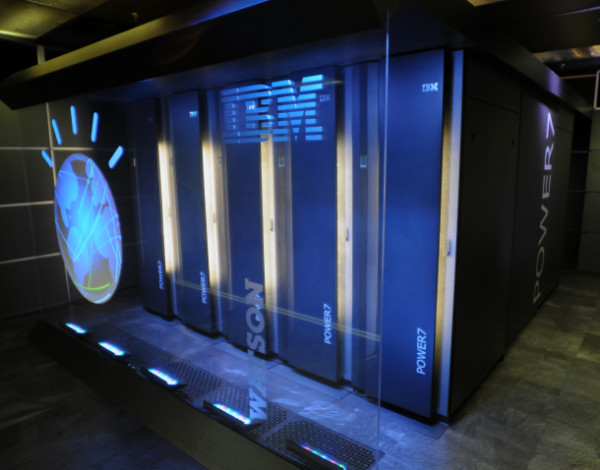
IBM launched its Watson Assistant product this week during its Think conference in Las Vegas, with the aim of helping businesses develop their own personalised voice interfaces instead of using existing solutions like Amazon Alexa or Google Assistant.
The idea is that businesses can launch an AI assistant that is personalised to their brand, right down to the wake word, instead of being clearly an Amazon or Google product.
Watson Assistant can also be deployed across device types and isn’t tied to a particular smart speaker or piece of hardware.
This could mean a hotel guest ordering room service through a voice interface, or a car manufacturer creating their own voice assistant embedded within the dashboard.
IBM is looking to simplify the process of building a voice assistant, right down to the specific actions and commands, and is offering a catalogue of pre-built industry assistants to help developers hit the ground running. Customers can train the assistant with their own data sets and analytics are included in the package too.
For comparison, Amazon offers similar tools with its Alexa Skills kit and its Lex toolkit for developers and Google has an Assistant SDK.
Fortunately, IBM has heritage here, not only through its Watson unit but also Watson Conversation and Watson Virtual Agent. It’s probably safe to assume Watson Assistant is a bundling up of these capabilities.
Each deployment of Watson Assistant is completely bespoke to the customer, allowing them to tweak the experience and keep all of the related data to themselves.
Data privacy
As the Cambridge Analytica and Facebook scandal plays out, IBM is leaning on data privacy and security as a key differentiator for Watson Assistant as it looks to court enterprise customers. Each deployment of Watson Assistant is standalone, and all data is owned by the customer.
“IBM does not and will not own the consumer data via Watson Assistant. Any data captured through conversations, texts, videos is contained within the brand to better serve its customers,” the vendor said in a statement.
This certainly differs from Amazon’s terms of service when it comes to Lex voice interfaces where the company states, “Use of your content is necessary for continuous improvement of your Amazon Lex customer experience, including the development and training of related technologies.”
Customer use cases
IBM touts a few key use cases for Watson Assistant, focusing on the retail, travel and automotive industries.
For example, IBM partner Harman Connected Services (which is part of Samsung) was showing off a Watson Assistant prototype within a Maserati supercar at IBM Think this week (see the image above with the subtle IBM Watson logo in the middle of the dashboard).
Munich Airport is also using Watson Assistant within its Pepper robot to give visitors directions, and Autodesk is using it to power the Autodesk Virtual Agent to quickly answer the most common customer queries.
Motel One and Royal Bank of Scotland have been named as early customers.
Integrations
The key for Watson Assistant, like any consumer-facing AI assistant, will come down to the integrations.
If the assistant can’t access services like Amazon for shopping, or Spotify for music, or Uber to order a car, then their use will be pretty limited by their specific domain. The use cases IBM gave at the time of launch were pretty non-specific.
Pricing
Customers can get started and build a prototype for free, which is capped at 10,000 API calls. Then Watson Assistant is priced at $0.0025 per API call for the standard version.





